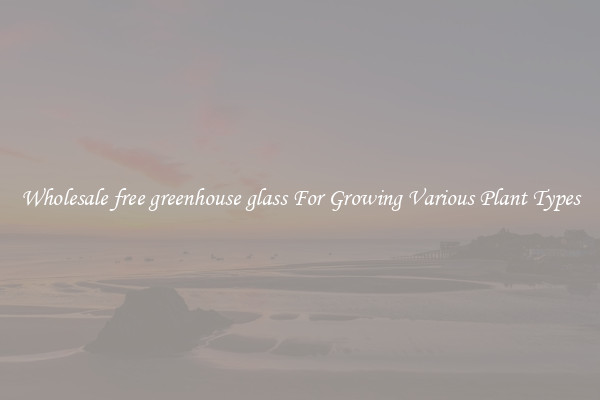Whole growing moss indoors Can Make Any Space Beautiful and Vibrant
Adding greenery to our living spaces has become a popular trend, and for good reason. Not only does it enhance the aesthetic appeal of any room, but it also creates a sense of tranquility and freshness. While many people opt for traditional houseplants to achieve this, there is another unique and beautiful option to consider – growing moss indoors.

Mosses are small, non-vascular plants that thrive in damp and shaded environments. Traditionally found in forests and damp areas, they are often overlooked when it comes to indoor gardening. However, with the right care and attention, growing moss indoors can transform any space into a vibrant and enchanting oasis.
One of the primary advantages of growing moss indoors is its adaptability to various conditions. Unlike many houseplants, moss can tolerate low light levels and does not require direct sunlight. This makes it an ideal choice for rooms that do not receive much natural light, such as bathrooms or basements. Additionally, moss thrives in humid environments, making it a great option for areas with higher moisture levels, like kitchens or laundry rooms.
Furthermore, mosses are incredibly versatile in terms of their decorative possibilities. They can be grown in various forms, such as moss walls, moss terrariums, or even moss art installations. Moss walls are especially popular in contemporary interior design, as they add a unique and stunning element to any room. A moss wall can act as a focal point or a feature wall, creating a sense of sophistication and natural beauty.
In addition to their aesthetic value, mosses also offer numerous environmental benefits. They help purify the air by absorbing toxins and releasing clean oxygen, creating a healthier indoor environment. Mosses also help regulate humidity levels, preventing excessive dryness that can cause respiratory issues. Their ability to absorb water also makes them excellent natural humidifiers, especially in drier climates or during winter months.
When it comes to maintenance, growing moss indoors is relatively easy. One of the key factors to pay attention to is humidity. Ideally, moss should be kept in an area with moderate to high humidity levels. Regular misting or using a humidifier can help maintain the required moisture levels. It is also important to avoid overwatering, as too much moisture can lead to mold or rot.
In conclusion, growing moss indoors offers a unique and captivating way to bring nature into our living spaces. With its adaptability, versatility, and numerous environmental benefits, moss can transform any room into a beautiful and vibrant sanctuary. So why not experiment with this unconventional greenery option and experience the enchantment of a moss-filled oasis in your home?

View details

View details

View details

View details








